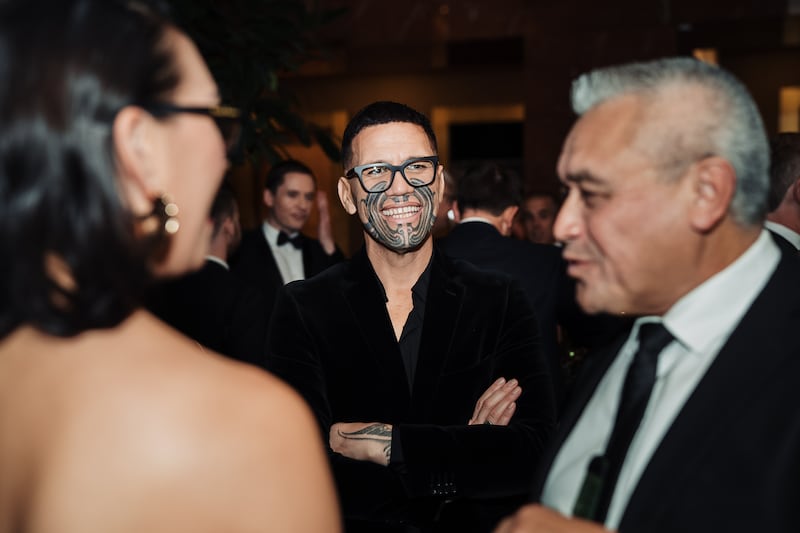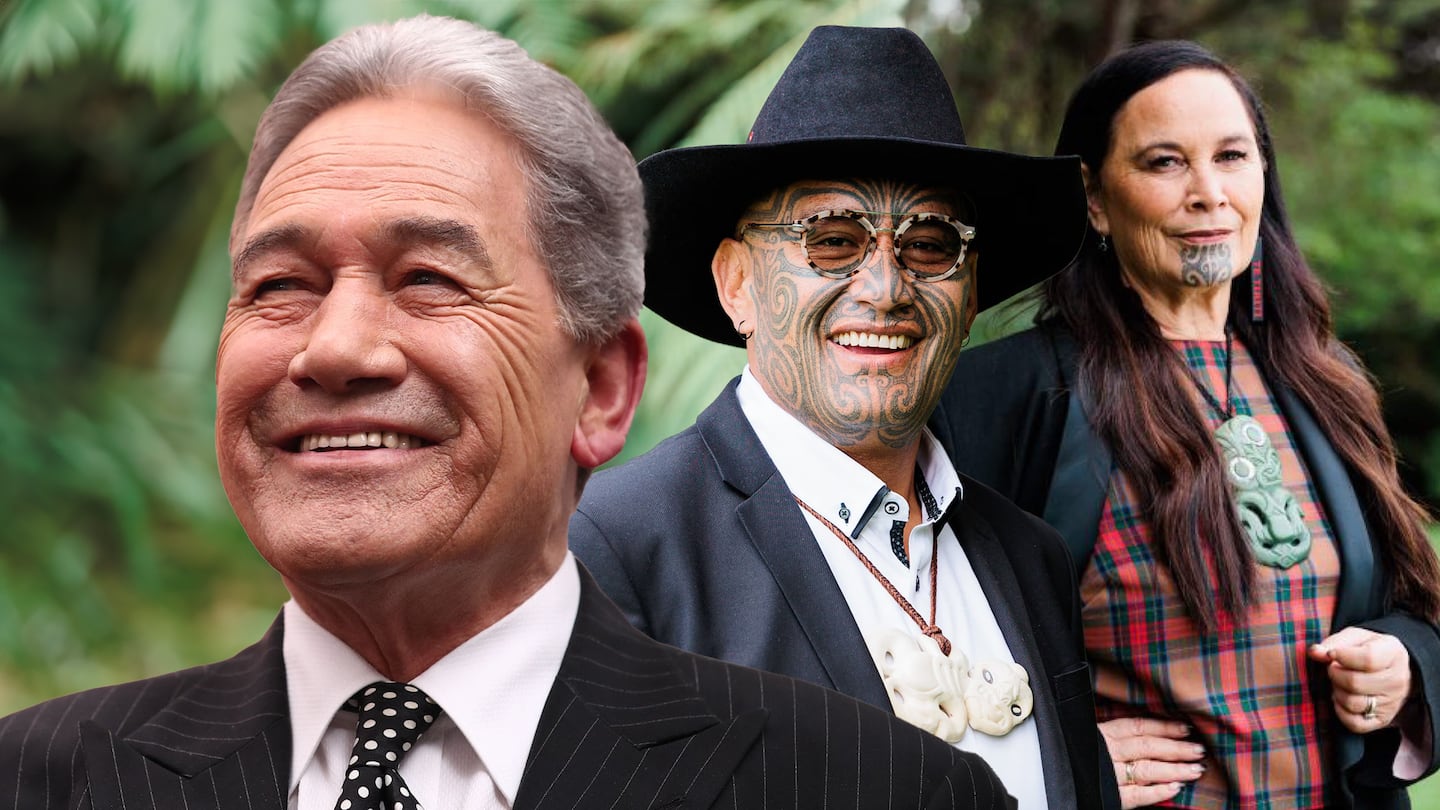I wear mataora. Proudly.
Not for ornament. Not for politics, but because it is who I am.
So, when Matua Winston Peters, born in 1945, the same year our soldiers returned from war, dismissed mataora as scribbles, I felt it, as did so many others, the socials are popping off.
This was no offhand comment. It was a deliberate diminishment of one of our cultural expressions, from a man who should have known better. Yes, an apology followed, but only after a prompt from the Speaker.
1945 was a year of homecomings, but for the 28th Māori Battalion, there was no warm welcome, other than a few pōhiri. No pensions, no care, land taken. They returned to a nation that honoured their service with silence.
What followed was intergenerational trauma; unacknowledged wounds, fractured whānau, substance abuse as a coping mechanism, and buried pain. For many, it led to an unintended disconnection from culture, and at times, from pride itself.
Despite that, the 1940s also saw the rise of something else. Resistance.
Mr Peters often cites Tā Apirana Ngata to dismiss modern Māori viewpoints. Yet Ngata tirelessly advocated for Māori culture, language, carving, and education, understanding that reclaiming identity was as vital as reclaiming land.
Though the Waitangi Tribunal wasn’t established until 1975, Māori were getting organised, demanding land returned, seeking justice, and giving air to a new generation of resistance.
Winston Peters is a product of that legacy; a Māori man who made it into the halls of power on his own merits, through skill and determination.
That’s what makes his dismissal of Moko Kanohi even more disappointing. As Māori visibility grows, he mocks it. A swipe on many Māori, some of his whanaunga, mokopuna even, as we witness a strong resurgence in the artform.

Moko is everywhere.
Maybe that’s because his success didn’t rely on visible culture. Maybe it came from keeping it at arm’s length, using it when helpful, stepping away when it wasn’t.
That’s not just politics. This is internalised racism; quiet, subtle, in smirks, throwaway lines, or a Māori man reducing another Māori man’s mataora as scribbles.
It’s important here to also recognise Peters’ role in bringing Māori voices into national politics. His journey reflects the complexities Māori leaders face navigating a colonial system.
Moko is not up for debate. It’s everywhere. It declares we are here, proud, no longer asking permission to exist on our own terms.

As someone who wears mataora, I know the looks, the questions, the assumptions, and the judgments. But I also know the honour and the responsibility it carries, to my whānau and our people.
No, these lines are not scribbles. They are the marks of our tūpuna.
For anyone unsure or worried about others’ opinions, know this: Your face is not the problem. Their discomfort is.
We wear our stories. We wear our struggle. We wear our identity.
And no one, not even one of our own, gets to erase that.


